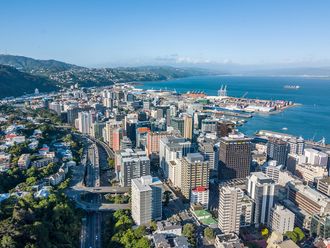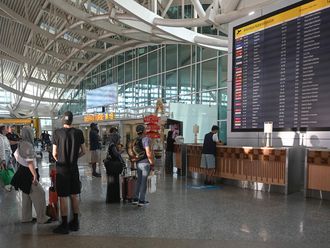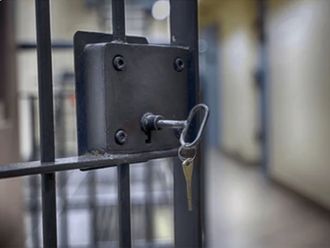Bangkok: Deadly floods, power blackouts and traffic gridlock — many of Asia’s biggest cities are buckling under the strain of rapid economic development, extreme weather and an exodus from the countryside.
Poor strategic planning, paltry investment in infrastructure and a lack of political will have also left the region’s overcrowded metropolises highly vulnerable to the pressures of climate change, experts say.
Over the past year Bangkok and Manila have been hit by the most devastating floods in decades, while India recently suffered the world’s worst-ever power blackout due to surging demand from industry, homes and offices.
It is a situation that is increasingly out of step with growing affluence in Asia, where millions of people escape from poverty every year but face a return to third-world conditions when disaster strikes.
Many Asian cities are “lagging behind in infrastructure provision, whether we talk about sewers, roads or electricity supplies”, said Professor Sun Sheng Han, an urban planning expert at Australia’s University of Melbourne.
At the heart of the problem lies a lack of vision in a region where urban development policies reflect a mixture of “political goals and economic ambitions”, he told AFP.
In the Thai capital Bangkok, years of aggressive groundwater extraction to meet the growing needs of its factories and 12 million inhabitants have taken a heavy toll.
Yet despite warnings the city — built on swampland and slowly sinking -—risks being below sea level in half a century from now, a building boom shows no sign of abating with apartment towers mushrooming around the city.
Rapid urbanisation that blocks natural waterways and neglected drainage systems are also seen as major factors behind the deadly floods that have battered the Philippine capital Manila this month.
On the outskirts of Manila, vital forested areas have been destroyed to make way for housing developments catering to growing middle and upper classes.
Within the city, squatters — attracted by economic opportunities — often build shanties on river banks, storm drains and canals, dumping garbage and impeding the flow of waterways.
But perhaps nowhere are the challenges more stark than in India, where a two-day power blackout across half the country last month left more than 600 million people without supplies as high demand overwhelmed the grid.
Yet even now, only 30 per cent of India’s 1.2-billion population live in cities, far lower than the 50.6 per cent in China or the 70-80 per cent in developed countries, according to a UN report released last year.
It forecasts India’s urban population will grow by 60 per cent from its current level of 377 million, to 606 million, by 2030.
As air conditioners, microwave ovens, washing machines and other electrical items become increasingly popular with the country’s burgeoning middle class, the strains on the power sector are expected to increase.
According to the McKinsey Global Institute research centre, India also needs 350-400 kilometres of new metros and subways a year and 19,000-25,000 kilometres of roads.
Mumbai — with 20,000 inhabitants per square kilometre — is one of the world’s most densely populated cities.
Its packed suburban trains are estimated to carry seven million people every day, and each year more than 3,000 people are killed on the railway network, sometimes falling from open doors or hit while crossing the tracks.
“The rush hour is the biggest issue. There are times it’s so crowded, it’s difficult to breathe,” said Sudhir Gadgil, 62, an office assistant in Mumbai’s southern business district, whose commute to work by train takes 1.5 hours.
In neighbouring Bangladesh, the capital Dhaka is facing the worst transport infrastructure problems in its history.
Soon after taking over in January 2009, the government promised to tackle the crisis with an array of ambitious rail, bus and road projects, but most are still in the design stage.
“Dhaka already is a moribund city. It’s dying fast and I see no hope how we can save it,” said Shamsul Haq, the country’s top transport expert and a professor at Bangladesh University of Engineering and Technology.
Traffic jams are by no means unique to Dhaka, however, and in many teeming cities the prospect of abandoning city life altogether is becoming increasingly appealing for some frustrated residents.
In Jakarta, ranked bottom of 23 cities in Frost & Sullivan’s 2011 global commuter satisfaction survey, experts predict that given its ageing bus network and lack of train system, the capital will reach total gridlock by 2014.
“If it doesn’t change in the next five years, I’m moving to Bali for a more peaceful life,” freelance writer Dian Agustino told AFP in one of the city’s shopping malls.












